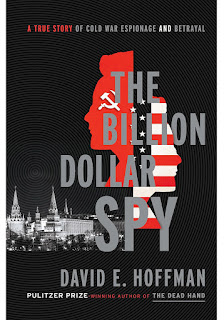Afghanistan: A Military History by Stephen Tanner *** (of 5)

Look at Afghanistan's neighbors and you will begin to understand its historical importance. Iran, to its immediate west captured Afghanistan when Persians ruled most of this part of the world, but they were not the first. Coming from the west Alexander the Great Hellenized central Asia before the Persian Empire ever existed. Afghanistan has also been conquered by Mongolia (Genghis Khan), China, Russia, Great Britain, the United States, and the Taliban. Which is why Steven Tanner's military history is an interesting lens with which to focus upon a country surrounded by towering, cave-riddled mountains, impassable deserts, and Siberian winters. For all its rich detail, however, the overriding observation is one which most of us already know: Afghans are tribal. Their origins are in isolated mountain villages, their interactions with one another rare, and with the outside world rarer still. They unify only to disperse invaders and then retrea...





